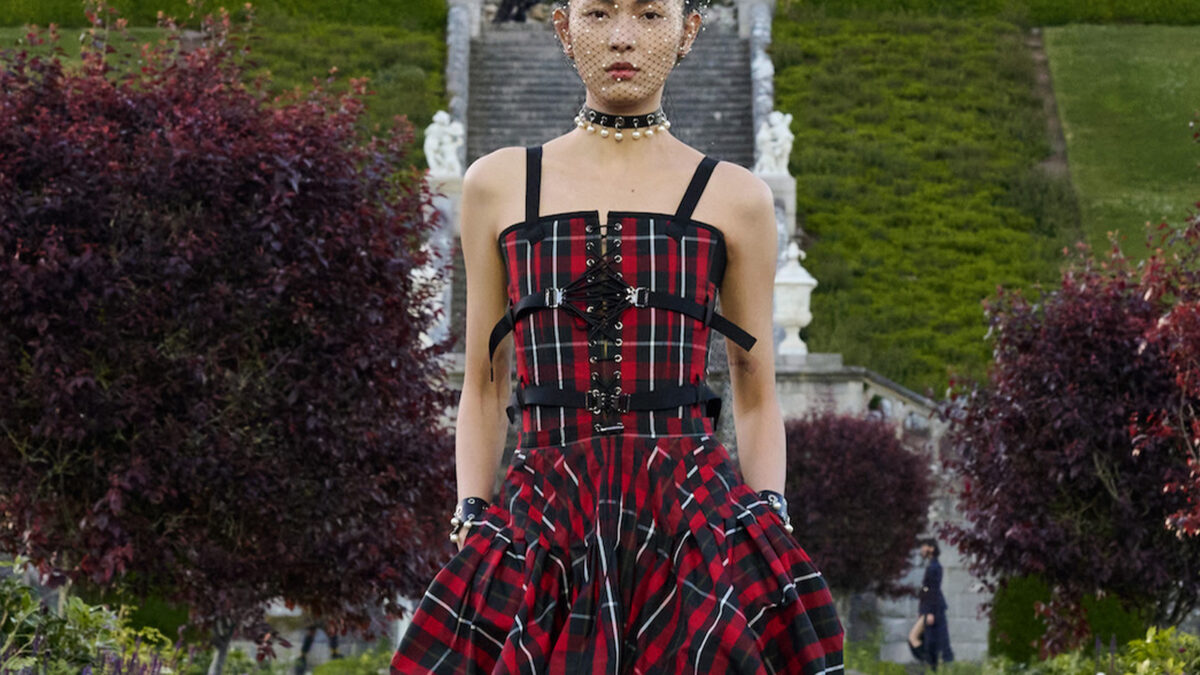Fashion
Dior Cruise 2025 reinforces the history between the Maison and Scottish tradition

Held in the gardens of the iconic Drummond castle, the show unveiled Maria Grazia Chiuri’s latest design.
The beginnings that mark the exciting history between the fashion house and Scotland go back to 1947, the year in which Monsieur Dior decided to christen his Autumn-Winter collection ‘Écosse’. It was at that very moment that the two paths crossed, giving way to numerous references and tributes to Scottish culture that were immortalised in collections such as the 1951 Spring-Summer collection presented in Perthshire; the 1955 presentation in which 172 pieces were unveiled at The Gleneagles Hotel in Glasgow; or the fashion show organised at Scone Palace in 1960.
For this very special occasion, Maria Grazia Chiuri took the great textile history of Scotland as a reference and established strong connections that deepen the history and tradition of the country that the founding couturier once started. One of the most prominent inspirations for the collection was Harris Tweed, whose fabrics made by island artisans who weave in their homes on treadle looms have marked the proposal by interpreting the unique colours of the land, the sea and the natural vernacular elements of the islands.
The Johnstons of Elgin wool mill also takes centre stage in this thoughtful proposal where raw fibres are transformed into finished knitwear representing the iconic Scottish tweed from the North East coast. Another special collaborator that joined Chiuri‘s idea was the family business Esk Cashmere, with the aim of perpetuating the great tradition of Scottish knitwear and continuing to explore variations on classic knits and patterns such as Fair Isle designs.
Finally, Robert Mackie brought iconic know-how in ceremonial headwear such as the iconic Scottish bonnet, the result of age-old millinery techniques that combine elements of felt and knit to achieve truly unique finishes that embody the heritage of Ayrshire craftsmanship.
All this said, we find strongly contrasted looks rich in textures that combine velvet with lace and contemporary equestrian details. Extremely wide sleeves overlay white shirts and reveal dresses with gathered skirts and embroidered bustiers adorned with pearls. But the real common thread is tartan, a celebration of the Scottish kilt, endlessly reinterpreted and reworked throughout history.





